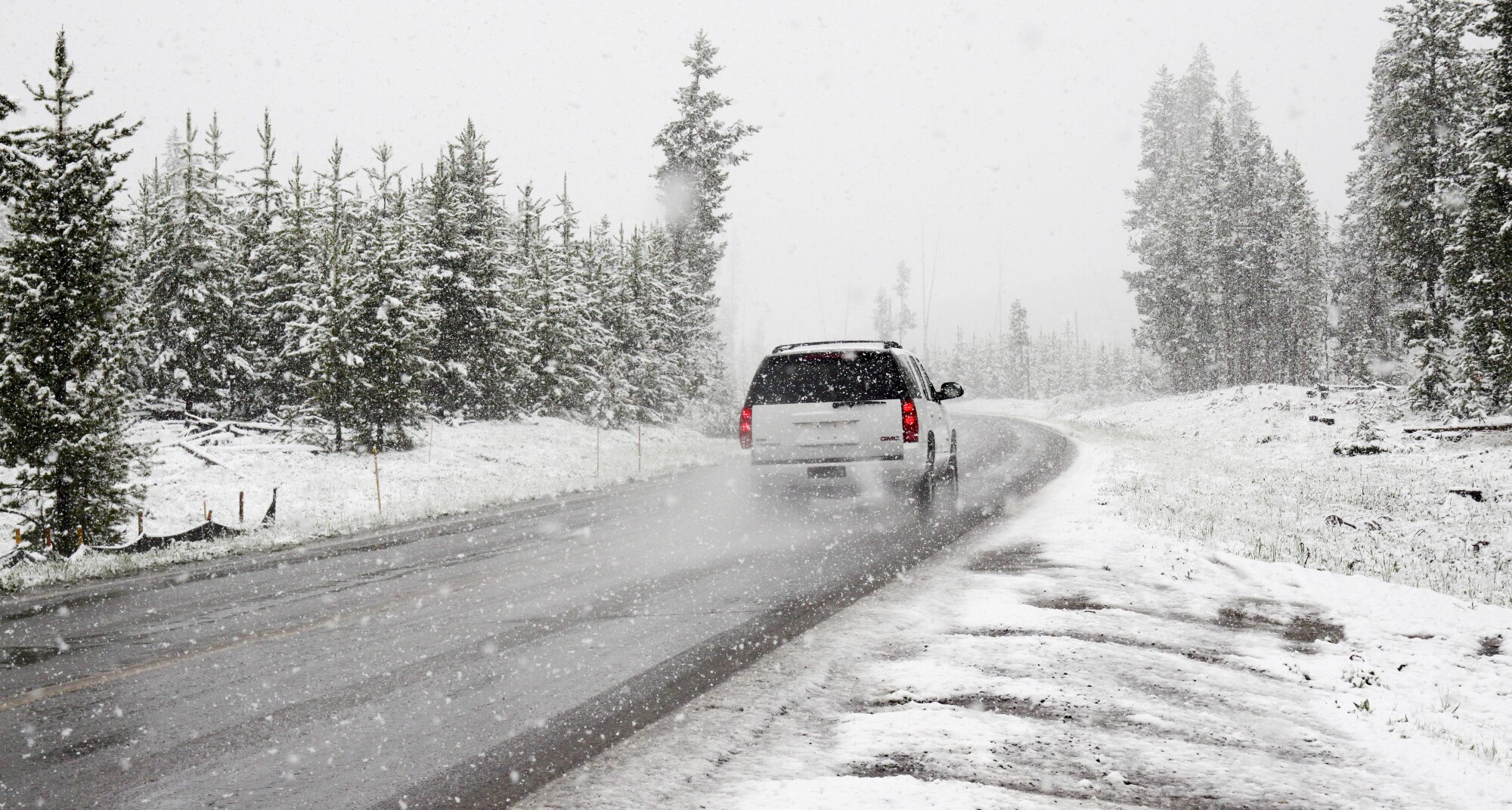For many areas, the winter months mean several things: shorter days, warmer clothing, and snow accumulation.
With the arrival of snow comes the problems it brings with it. How do you clear it off of roadways and sidewalks so vehicles and bicyclists can travel safely? How do you prevent injuries from people falling and slipping on icy walkways?
The fix that comes to mind when most people think about melting ice off roads is rock salt. Sure, rock salt is effective. But is it really the best option?
A newer solution that’s gaining popularity is salt brine, a liquid salt mixture. Salt brine is put down before a snowstorm comes instead of afterward, making it more preventative than reactive.
With rock salt, it takes four times more salt to melt snow and ice once it’s already there than to prevent ice build-up with brine. More importantly, rock salt is much more damaging to the environment.
To learn about why salt brine is a more eco-friendly alternative to rock salt when it comes to getting rid of snow and ice, keep reading!
1. Brine Helps Eliminate Salt Runoff
One of the biggest reasons why road salt is so detrimental to the environment is because it doesn’t actually stay in place.
It gets sprinkled onto the road and bounces around, soaking into the soil or nearby water sources. Once the snow and ice start melting, the issue worsens with the rock salt ending up in lakes, rivers, and even well water.
This means that salting the roads with regular road salt can result in harming local ecosystems. The salt runoff can hurt crops, kill fish and other aquatic life, and even create dead zones in bodies of water.
Salt brine, on the other hand, is applied in an even, liquid form. This means it’s much less likely to stray from the area where it’s sprayed. Even if the brine does wash away, it contains much less salt than regular road salt, so it causes less damage to its surroundings.
With a current major focus on protecting the environment and reducing people’s negative impact on it, salt brine is a clear winner when it comes to lessening the environmental impact of salting roads.
2. It Causes Less Damage to Infrastructure
If you live somewhere where snow and ice are frequent visitors during the colder months, you’re likely used to seeing large cracks in the concrete and asphalt. While there are many contributors to this type of damage, road salt is a major one.
Pouring rock salt on the roads every time it snows does help get rid of the icy conditions, but it also slowly gets rid of the road itself. The harsh chemicals eat away at the roadways every winter, leaving cracks and crevices behind.
You’ve also likely seen the effects rock salt has on your car.
As you drive along, the salt-splattered slush kicks back up onto your vehicle, leaving chemicals all over your car’s exterior. Over time, this salt can lead to rust and corrosion.
Using road salt to clear away snow and ice quickens the deterioration of roads, vehicles, and even nearby buildings, while using brine melts the ice without the intense negative effects.
3. It’s Safer for Wildlife and Pets
Not only can rock salt harm trees and greenery, but it can negatively affect pets and other animals too.
Wildlife, such as birds, tends to try to eat the grains of salt found on the streets and often die as a result. If you salt your sidewalk or take your pet on a walk, the salt can stick to their paws and fur. This puts them at risk of ingesting it later on.
With salt brine applied to roads instead of rock salt, there’s less of a risk for animals. Since the brine is a liquid mixture, there aren’t clumps of salt that can be eaten, and it’s much less potent.
The brine also sticks to the road immediately, instead of being more mobile like granular salt, making it an even better choice.
4. Salt Brine Is More Cost-Effective
It makes sense that road salt costs at least twice as much as salt brine.
Brine consists of 23% salt, with the rest of it being water. With road salt prices rising, having a solution that requires much less salt and is still super effective and environmentally friendly is a huge plus.
Salt brine isn’t only more cost-effective because it doesn’t use as much salt. It also doesn’t disperse or wash away quite as easily, making it less wasteful than road salt.
Since salt brine is a proactive fix to snow and ice, it can be applied to roads up to 48 hours ahead of wintry weather.
This means that road crews have more time to prepare the roads, and the brine can start working on preventing ice build-up as soon as it’s sprayed down.
Need to Get Rid of Snow or Ice? We Can Help
More and more states are choosing environmentally friendly road salt alternatives like brine to keep their roads safe during the winter.
Not only does brine prevent icy conditions while road salt mainly treats it, brine is also more effective in colder temperatures and coats roadways in a more even manner.
Convinced that salt brine is the better alternative? We agree.
If you need some help when it comes to removing snow and ice so that your roads, parking lots, or walkways are safe to use during the winter, BAM’s Landscaping is here to assist you. We can help with all your needs.
Contact us with any questions or request a free snow/ice management quote to find out how we can best help.





